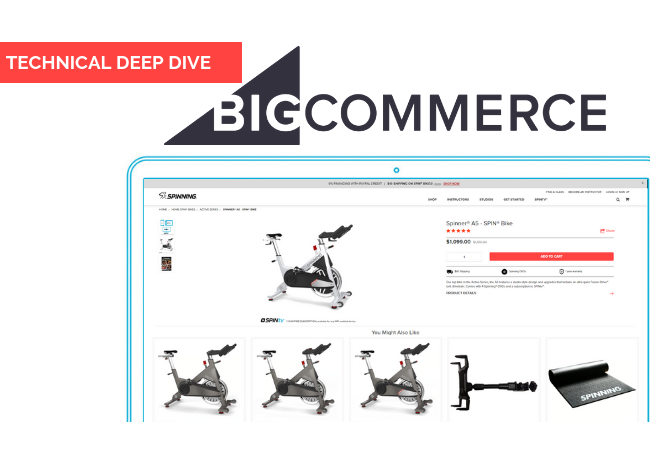
SaaS Technology: The Route to Scaling Innovation for Commerce
Bigcommerce’s MAKE IT BIG Online Conference, Tracy Wallace (TW), host of the video and Editor-in-Chief at BigCommerce, sat down with many commerce thought leaders including;-
- Steve Case – CEO and Co-founder at Revolution and AOL
- Pauline Brown – Author/Lecturer/Advisor, and LVMH Moet Hennessy Louis Vuitton
- Jackson Jeyanayagam – CMO at Boxed.com
- Ezra Firestone – Founder at SmartMarketer.com
- Rick Cesari – Marketing Mastermind at GoPro, Sonicare, OxiClean
- Eric Gutoski – Partner & Managing Director, North America at BORN
- …and many more.






